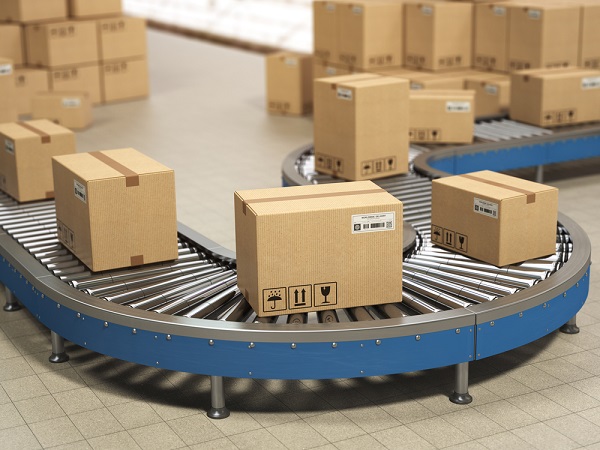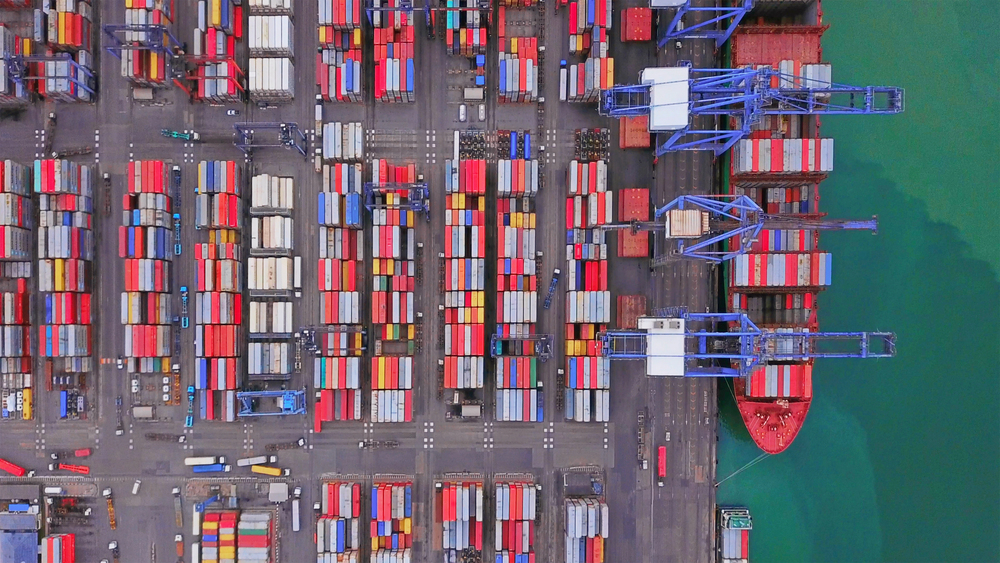4 Invaluable Product Liability Coverages

By: Olivia Overman
From 2017 to 2018, 77% of product liability jury awards exceeded $1 million, and the average product liability jury award increased from $3 million to $7 million from 2012 to 2018, according to Thomson Reuters’ Current Award Trends in Personal Injury, 59th Edition.
In a market that is being impacted in the same way as the overall excess casualty line of business—with reduced capacity, more restrictive terms and conditions and increasing rates—clients may be looking to curtail their product liability coverage.
Overall, the product liability market is expected to grow through 2025 but “we expect pricing trends to continue to increase by double-digit percentages in 2021,” says Dan Smyrl, executive vice president, underwriting at Admiral Insurance Group, a Berkley Company. “One of the factors that affect the market conditions continues to be the frequency of large losses. While the courts are, by and large, shuttered at this time, we do not think the landscape for future large awards has changed.”
“In fact, we are predicting that severity may actually worsen once we emerge from COVID-19 compared to what has preceded,” he adds.
“Volatile jury awards continue to proliferate,” agrees Cary Anne Melton, senior vice president, excess casualty and emerging hazards, Chubb. “While clients might use increasing costs as a reason to short their product liability limits, this would be a mistake.”
Both the frequency and severity of large awards remain a substantial threat in the liability market, especially “in industry segments more exposed to litigation at lower attachments,” says Donnacha Smyth, head of excess casualty, AXA XL. “Corrective pricing actions are also working through insurance programs, which likely masks carriers shrinking their exposure while maintaining historical premium levels.”
Clients who manufacture, process or distribute products already carry product liability coverage but may be considering shedding some coverages to reduce overheads. However, in anticipation of an influx of litigation and growing settlements, the most prudent move for many clients could be to add coverage.
Here are four additional coverages agents should consider offering to ensure their clients are adequately insured:
1) Product recall insurance. This is a valuable addition to a product liability policy. “It is a first-party coverage protecting the insured through reimbursement of financial loss and expenses, which are typically excluded on a general liability policy,” Melton says. “Additionally, product recall policies do not require the insured’s product to have caused actual bodily injury or property damage.”
2) Combined product liability and pollution coverages. It is important to assess the pollution exposure that your client is exposed to—whether that is for a manufacturing or non-manufacturing company. Without product pollution coverage, the company can be left with a coverage gap.
“These policies are especially valuable to businesses engaged in manufacturing, processing or distributing chemical components or intermediaries, including plastics, resins and other industrial exposures,” Melton says.
3) Crisis assistance coverage. When the financial integrity and reputation of your company are on the line, crisis assistance coverage is another valuable supplement to a product liability policy. “It is often available by endorsement to certain carrier umbrella contracts and includes access to a crisis assistance provider as well as payment of expenses attributable to the crisis event,” Melton adds.
4) Buffer excess coverage. “With significant pressure on auto attachment points for lead umbrella and excess layers, agents should proactively seek some buffer excess coverage so their clients have options to either purchase risk transfer or assume a greater share of risk by increasing the attachment point,” Smyth says.
Such buffer liability insurance will ensure any gap in coverage between the primary policy and the excess layer will be covered.
While the market remains competitive, knowing your client, their products and recognizing the challenge of the insurance market right now is key. “Building a robust insurance tower takes more time than in recent years and likely involves many more carriers, so you need to plan accordingly,” Smyth says. “Managing the client’s expectation around likely cost will continue to challenge some agents.”
Olivia Overman is IA content editor.










